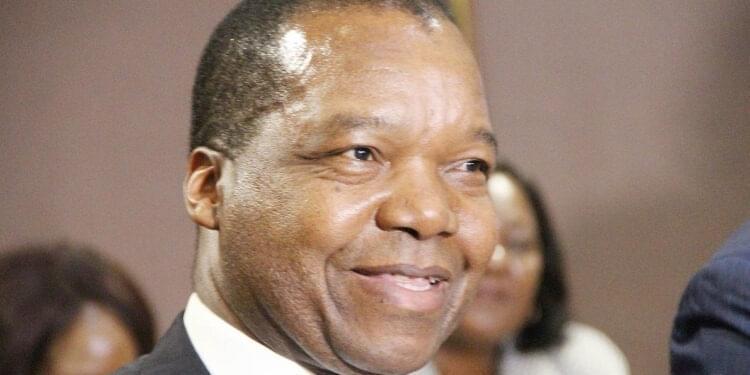GOLD has emerged as the most ideal instrument likely to be used to anchor the structured currency the Government is pursuing to stabilise the exchange rate and curtail persistent inflation.
The release of the 2024 Monetary Policy Statement (MPS) has since been delayed to allow the Reserve Bank of Zimbabwe (RBZ) to finalise the finer details and modalities of the structured currency to be included in the policy document.
In Zimbabwe, the MPS, a set of actions and policy measures to control the nation’s overall money supply and financial system to achieve sustainable economic growth, is normally out by the end of February.
Sources told The – Business that there was a strong push to have gold as the anchor of the proposed new structured currency.
Zimbabwe produced 30 tonnes of gold in 2023, 15 percent less than the previous year, official data shows.
According to the Chamber of Mines of Zimbabwe, total gold output reached an all-time high of 37,3 tonnes in 2022, up from 31,5 tonnes in 2021, and had been projected to increase to 42 tonnes in 2023.
The Government-owned Fidelity Gold Refinery is the country’s sole authorised buyer of gold in the country, which means, with proper logistics and adequate funding, mobilising the yellow metal would not be a challenge.
Strong interest in gold coins and the relative success of the gold-backed digital coins introduced last year have reportedly added weight to the calls within the Government for gold to be used to anchor the structured currency.
The central bank has issued a total of 736,52 kilogrammes of gold-backed digital tokens since their introduction towards the end of last year.
The tokens, which are officially known as Zimbabwe Gold or ZiG, became an approved means of payment for domestic transactions with effect from October last year.
“The structured currency should be backed by gold, like the gold-backed digital tokens, to give confidence to the market and to anchor expectations and manage inflation and stability of the structured currency,” said a highly placed source who requested anonymity.
The source also said there was unanimous agreement within the Government that growth in the economy was being driven by foreign currency.
Contacted for comment, RBZ Governor Dr John Mangudya was non-committal on whether gold would indeed be used to back the new currency.
However, he confirmed that the monetary policy will carry details of the framework for the introduction of the structured currency.
“The MPS shall be released as soon as this process (framework for structured currency) is completed,” he said.
“The bank is working on the structure to ensure that the structured currency is indeed backed for durable stability of prices in Zimbabwe,” Dr Mangudya added.
Economists who spoke on the proposed use of gold to anchor the planned structured currency said while using bullion to back the currency was a good idea, it was critical to first address challenges around excess liquidity.
Economist Mr Brains Muchemwa noted that while the idea of backing the currency with a valuable commodity such as gold was welcome, its success would be limited to the extent “policymakers create functional demand for the local currency”.
“The gold coins and digital tokens only rewarded those taking speculative positions,” Mr Muchemwa said, adding this was the reason challenges with exchange rate volatility and inflation have persisted.
“The Government will need to take bold steps to create demand for the Zimbabwe dollar by obligating that all taxes be payable in the local currency, without which the local currency will be an orphan,” he said.
SOURCE : SUNDAY MAIL










